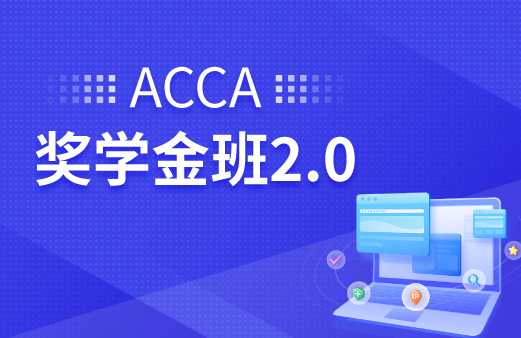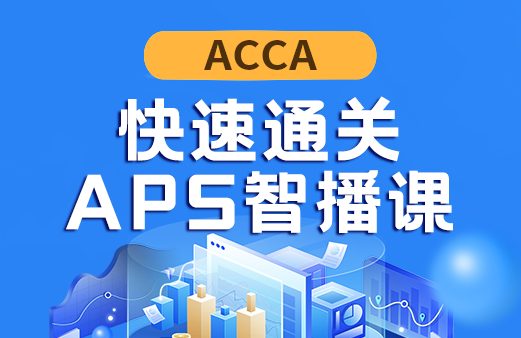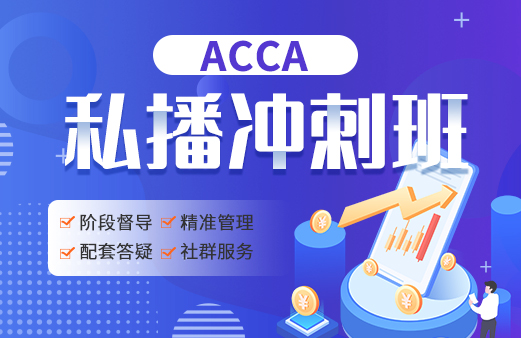-
introduction

-
00 Chapter 0 Syllabus and study guide

-
01 Chapter 1 objective and Qualitative characteristics

-
02 Chapter 1 The elements of financial statements

-
03 Chapter 1 Measurement bases

-
01 Chapter 2 Initial measurement

-
02 Chapter 2 Subsequent measurement

-
03 Chapter 2 Revaluatoion model的補(bǔ)充1

-
04 Chapter 2 Revaluation model 補(bǔ)充2

-
01 Chapter 3 Investment property復(fù)習(xí)

-
02 Chapter 3 Transfer and exercise

-
01 Chapter 4 definition and recognition

-
02 Chapter 4 measuremnet

-
03 Chapter 4 example 1

-
01 Chapter 5 impairment of assets基礎(chǔ)知識

-
02 Chapter 5 CGU

-
01 Chapter 6 Inventories

-
01 Chapter 7 IAS 41 Agriculture

-
01 Chapter 8 IFRS 13 definition

-
02 Chapter 8 Framework for measuring fair value

-
03 Chapter 8 non-financial assets和總結(jié)

-
01 Chapter 9 Government Grants

-
01 Chapter 10 IAS 23 Borrowing Costs

-
01 Chapter 11 IAS 37基本知識

-
02 Chapter 11 Specific types of provision

-
03 Chapter 11 example 1

-
01 Chapter 12 IAS 10

-
01 Chapter 13 current tax

-
02 Chapter 13 deferred tax基本內(nèi)容

-
03 Chapter 13 deferred tax的計算

-
04 Chapter 13 other temporary difference

-
01 Chapter 14 recognition exemptions

-
02 Chapter 14 lessee accounting基本介紹

-
03 Chapter 14 lessee accounting計量

-
04 Chapter 14 reassessment of lease liability

-
05 Chapter 14 lessor accounting

-
06 Chapter 14 sales and leaseback

-
01 Chapter 15 Short term benefits

-
02 Chapter 15 defined contribution plan

-
03 Chapter 15 defined benefit plan介紹

-
04 Chapter 15 past service cost and example

-
05 Chapter 15 SOFP account-netted off

-
01 Chapter 16 definition

-
02 Chapter 16 Classification as liability vs equity

-
03 Chapter 16 equity instruments

-
04 Chapter 16 financial assets

-
05 Chapter 16 金融資產(chǎn)其他內(nèi)容

-
06 Chapter 16 impairment of financial assets

-
07 Chapter 16 presentation and example

-
08 Chapter 16 financial liability

-
09 Chapter 16 compound financial instruments

-
10 Chapter 16 Hedged accounting

-
11 Chapter 16 Example

-
12 Chapter 16 cash flow hedges

-
13 Chapter16 Discontinue of hedges

-
14 Chapter16 Embedded derivative

-
01 Chapter 17 step1--step 3

-
02 Chapter 17 step 4--step 5

-
03 Chapter 17 Specific guidance in IFRS 15

-
01 Chapter 18 1. Definition of share-based payment

-
02 Chapter 18 equity settled share-based payments

-
03 Chapter 18 IFRS 2 其他內(nèi)容

-
01 Chapter 19 Non-current assets held for sale

-
02 Chapter 19 Discontinued operation

-
01 Chapter 20 IAS 8

-
01 Chapter 21 IAS 21外幣交易知識點(diǎn)

-
02 Chapter 21 example

-
01 Chapter 22 基本介紹

-
02 Chapter 22 3. IFRS 3 Business Combinations

-
03 Chapter 22 goodwill at DOA

-
04 Chapter 22 goodwill impairments

-
05 Chapter 22 Consolidated SOFP

-
06 Chapter 22 Consolidated SOPL and OCI

-
01 Chapter 23 IAS 28 associate

-
01 Chapter 24 IFRS 11 Joint arrangements

-
01 Chapter 25 investment to associate and investment to subsidiary

-
02 Chapter 25 Associate to subsidiary

-
03 Chapter 25 contro is retained

-
01 Chapter 26 disposal crossing accounting boundary

-
02 Chapter 26 Control is retained

-
01 Chapter 27 資產(chǎn)負(fù)債表的折算

-
02 Chapter 27 利潤表的折算

-
01 Chapter 28 1. Definitions and format

-
02 Chapter 28 Dividend received from associate

-
03 Chapter 28 cash flows on subsidiary and associate

-
04 Chapter 28 exemple

-
01 Chapter 29 ethics

-
01 Chapter 30 IAS 24 理論內(nèi)容

-
02 Chapter 30 example

-
01 Chapter 31 理論部分

-
02 Chapter 31 example

-
01 Chapter 32 IAS 34 中期財務(wù)報表

-
01 Chapter 33 Interpreting 1

-
01 chapter 34 IAS 34 Interpreting financial statements for different stakeholders 2

-
01 Chapter 35 current issue































